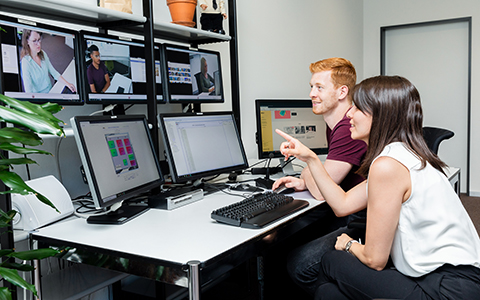Context analysis and prototyping of a self-test
In addition to conducting a context of use analysis, various prototypes of a self-test for patients were evaluated in terms of user experience and usability.
People who have undergone an organ transplantation must take medication for the rest of their lives and must check their drug levels in the blood regularly in a specialized hospital. But there are situations in which it would be useful if patients could do this themselves at home or while traveling. In a project together with the University Hospital Basel, Bühlmann Laboratories AG, Dorner Health IT Solutions, the School of Life Sciences FHNW and the School of Art and Design FHNW, a handy self-test and an app for transmitting the data to the doctor were developed. The area of expertise User Experience and Usability (formerly Usability & UX Lab) conducted interviews with doctors and practice assistants to understand the context of use and to derive scenarios and requirements. We tested different prototypes of the self-test together with a prototype of an app for data transfer with different patients in a realistic way.
In context analyses, we examine which tasks certain (potential) users perform in physical, social or organizational environment. The aim is to understand all possible influencing factors for the (further) development of a product or service in order to get design notes for requirements, personas, functions and content strategies. Not only existing things can be examined, but in a simulation also future applications.
Prototypes don't have to be high-end prototypes. Even simple paper or cardboard prototypes can provide useful clues for product development without having already invested much in development. Services or processes can also be simulated at an early stage of development.





